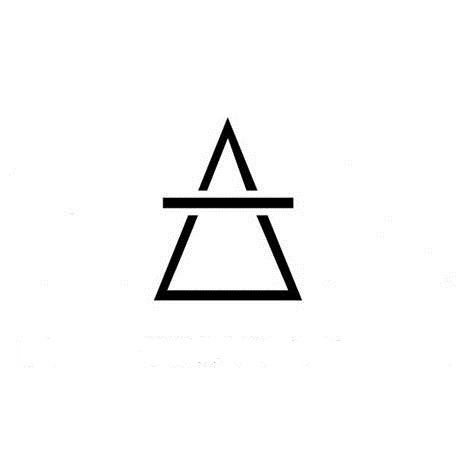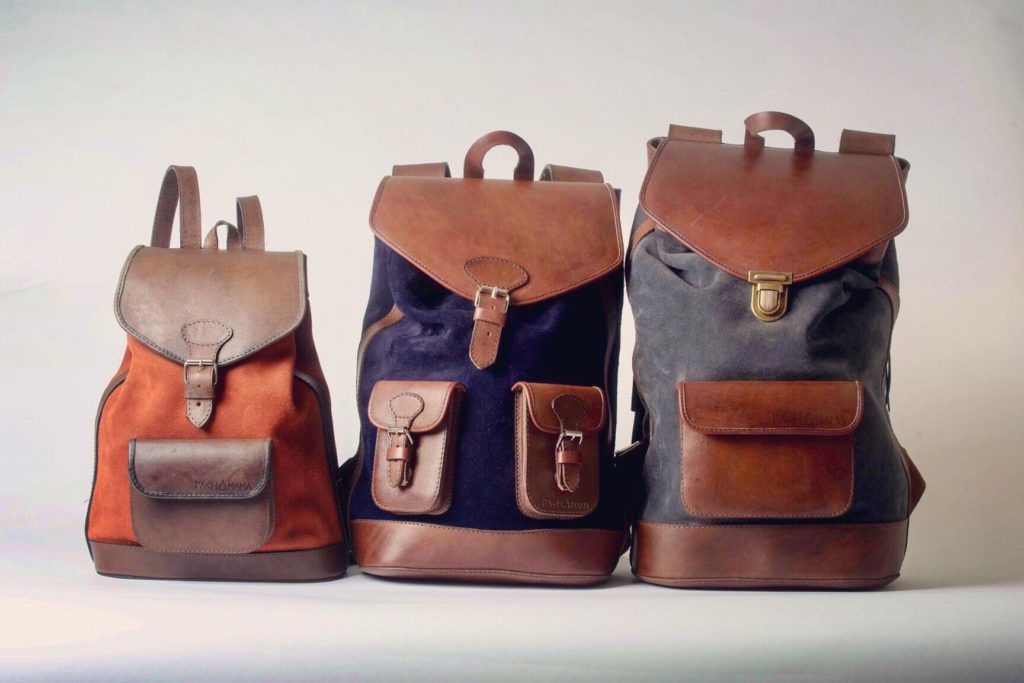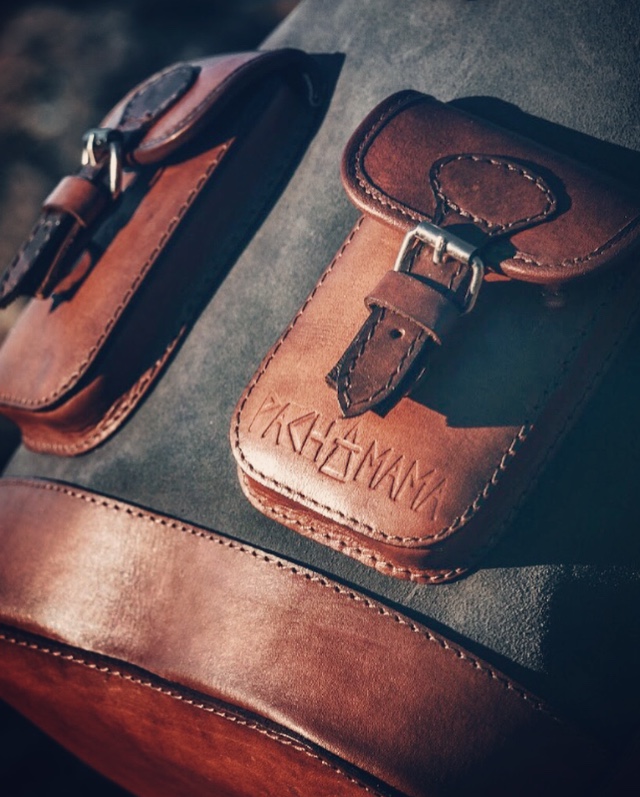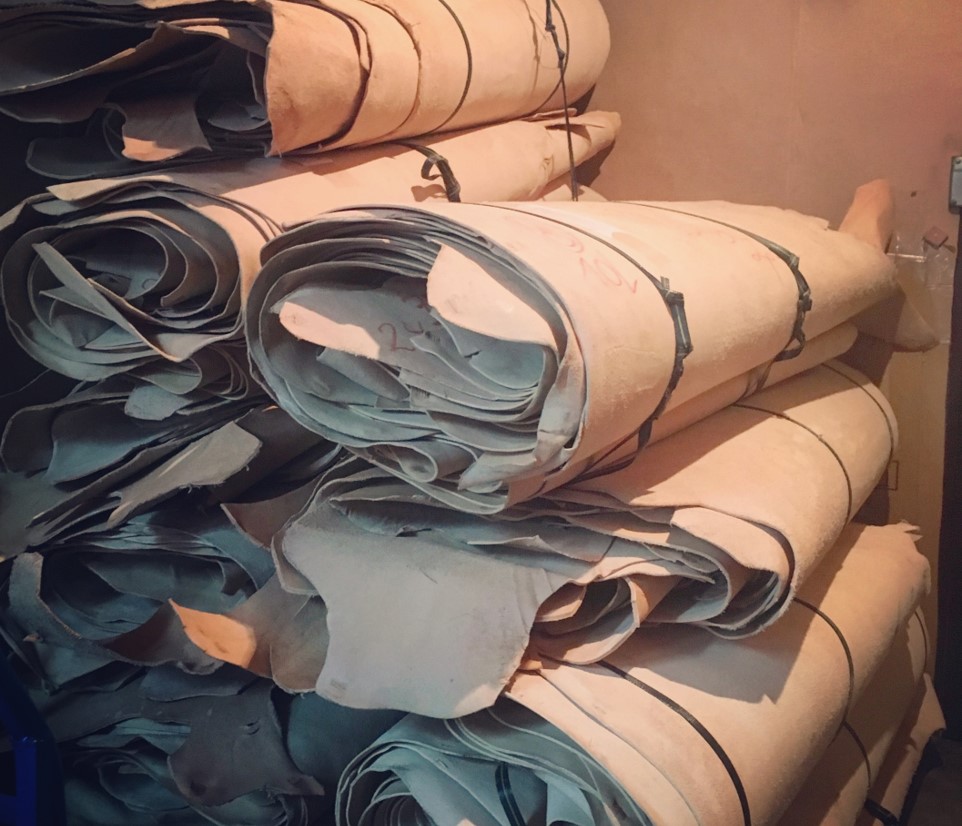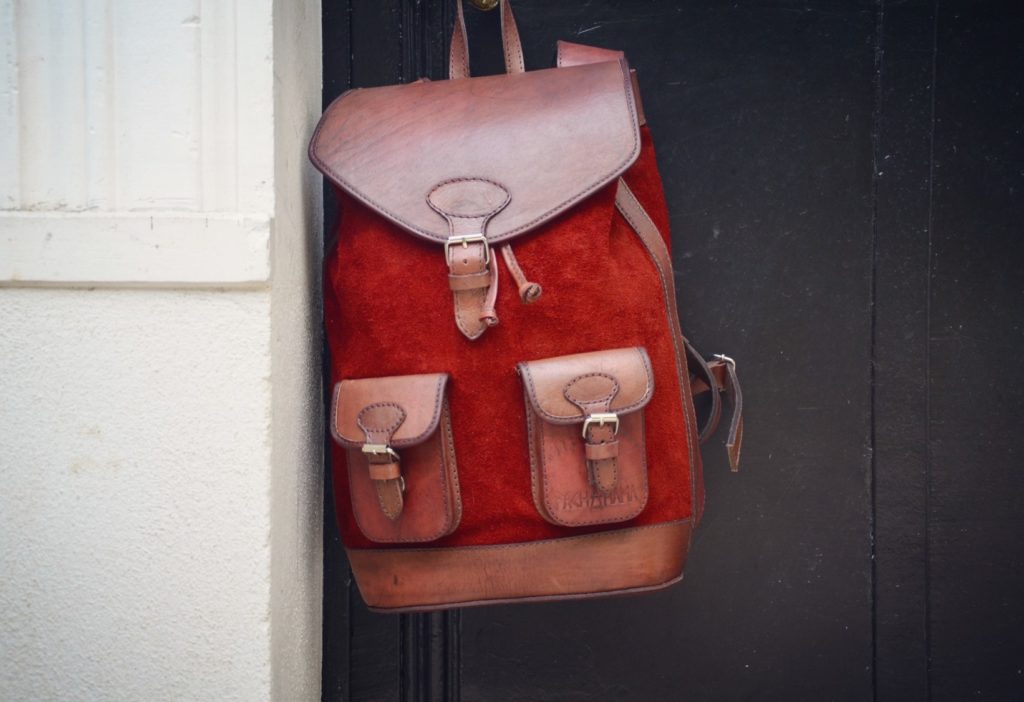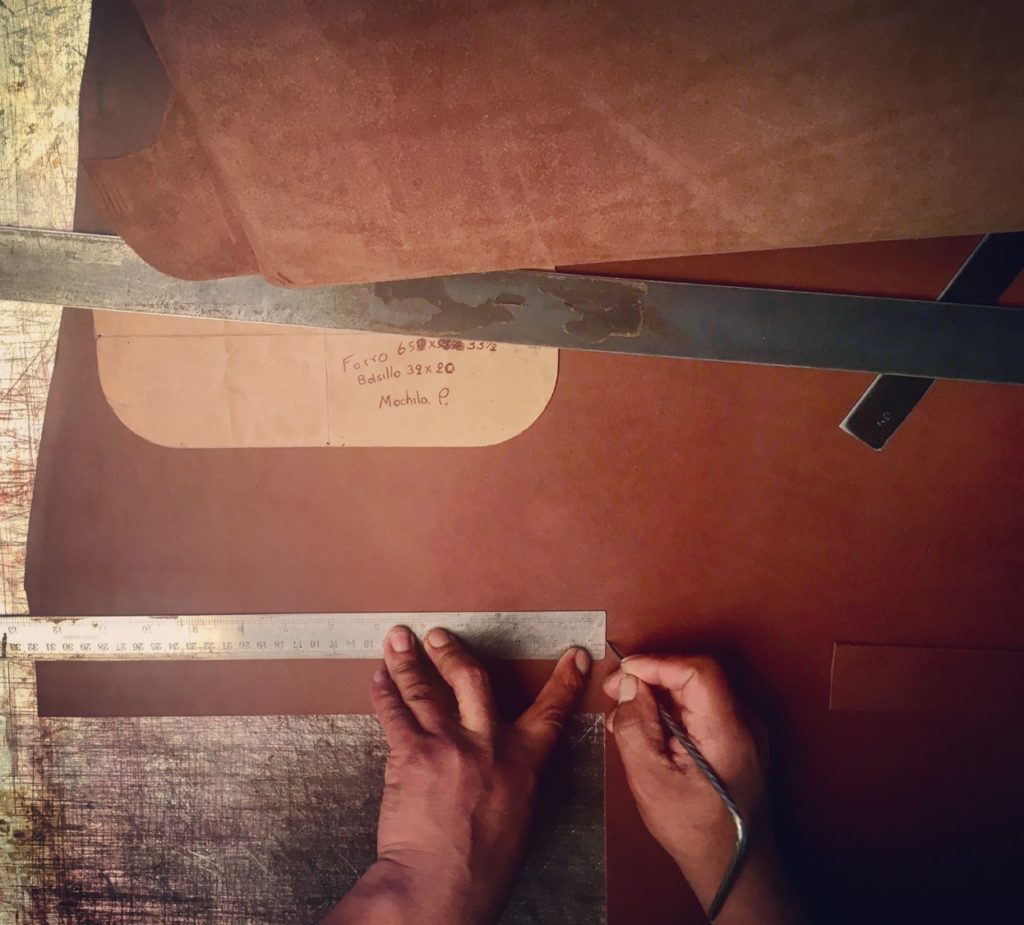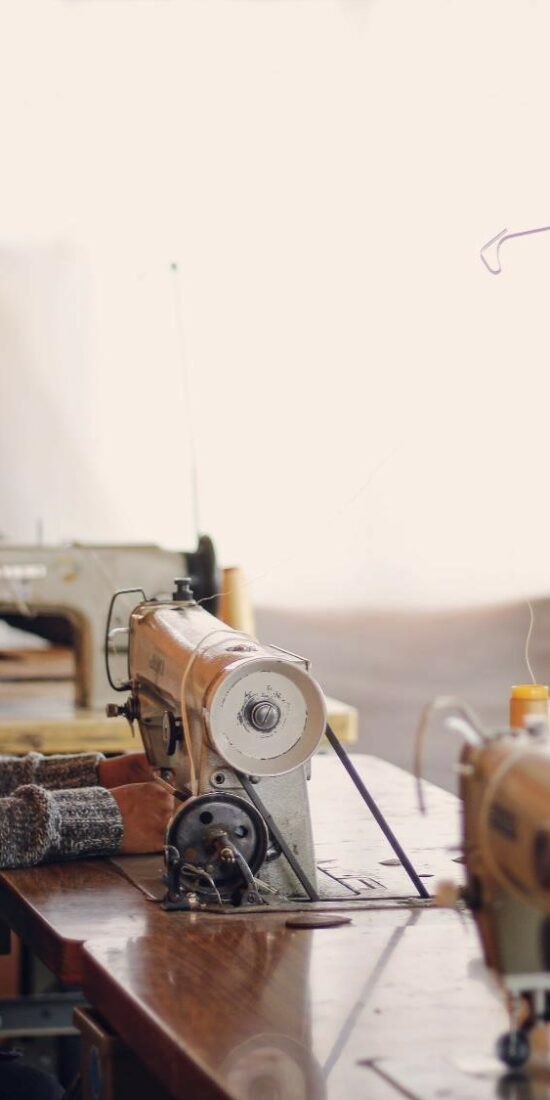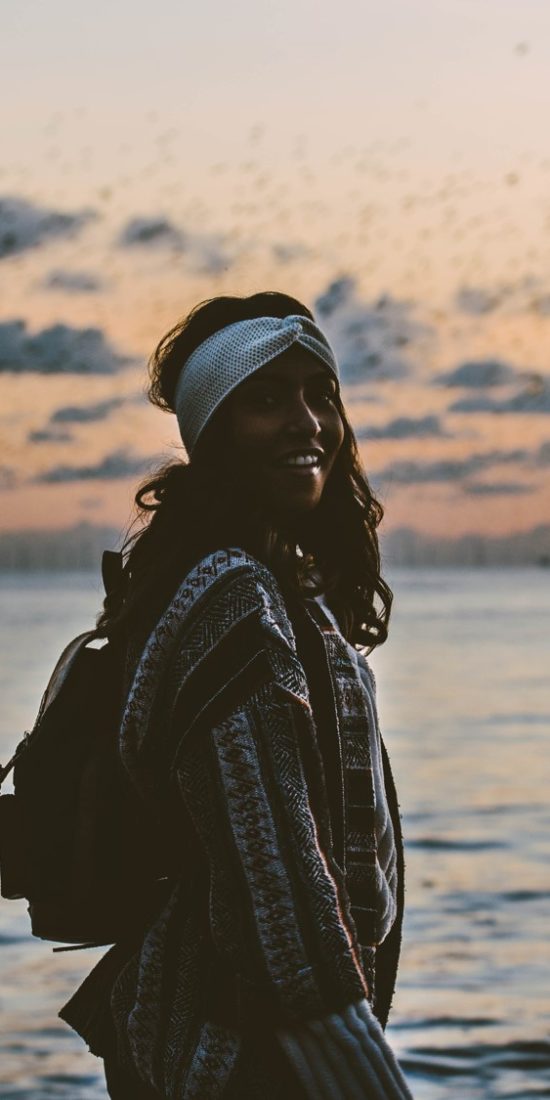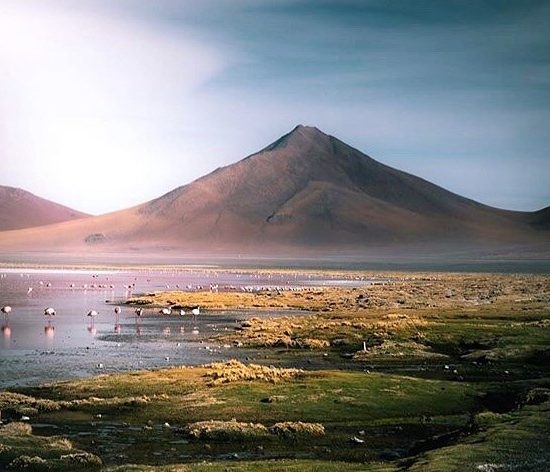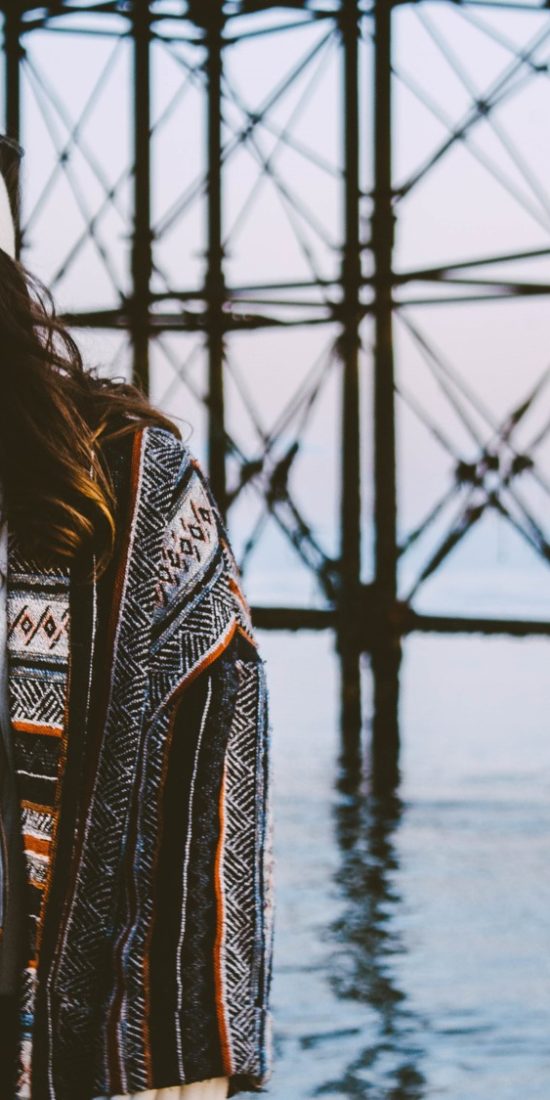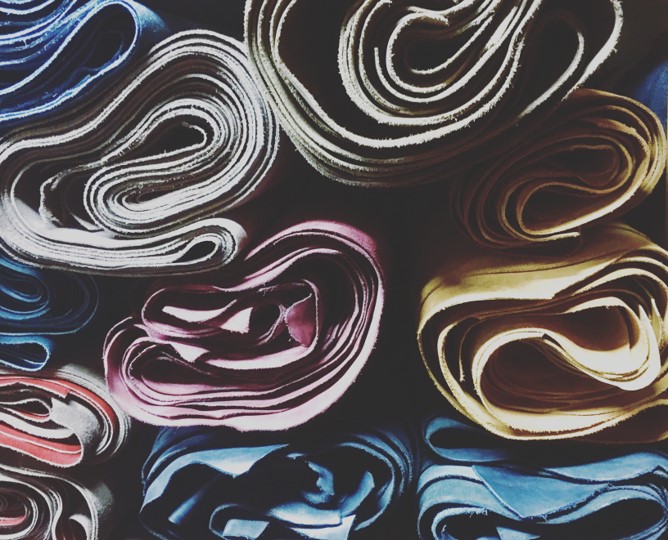

Leather : origin and manufacturing process
Leather is a material that has been used since the dawn of time and that remains today a very present material in our daily lives. Indeed, leather is a noble and elegant material that continues to be used especially in the clothing sectors to make clothes, shoes or accessories. At Pachamama, for example, we use this material in our backpacks.
In this article, we discuss the origin and manufacturing process of leather. We also want to talk about to the debates that exist today around this topic !
Origin of leather
Leather : an ancestral material
Since the dawn of time, leather is used by man to cover and protect his body. Our most distant ancestors used to hunt animals for food. Then the skin of the animals was recovered and transformed into leather by a process called tanning. This process transforms the animal’s skin, putrescible material, into leather, imputrescible material, solid and resistant. This new material could thus be kept for an extremely long time and men used it for example as clothes, shoes or other everyday objects.
The use of this material has not changed much nowadays! Today, leather is still mainly used in clothing, shoes and furniture. Thus, the durability and comfort of this material continues to justify its choice and use over the centuries.
It is also interesting to note that the leather industry exists through the existence of the milk and meat industry. Without these industries, leather would not exist. And without the leather industry, animal skins would be just another waste to be treated and disposed of. The leather industry therefore makes it possible to value this material.
Debates about leather
However, nowadays, the use of leather is sometimes controversial. Indeed, as long as this industry works with the skins of animals intented for consumption, it’s ok. Unfortunately, in the current system of fast fashion and mass production, some unscrupulous industrialists end up killing animals only for their skin. This drift leads to the killing of cattle and sheep but also so-called exotic animals only for their skin, which poses a real ethical problem.
At Pachamama, we are aware of these excesses and we want to produce in a reasoned way in order to participate in a sustainable fashion. Transparency and consumer information are very important in our project.
That’s why all our bags are made from cow leather intended for human cunsumption. We collect the leather locally, it comes from cattle herds located in Santa Cruz, Bolivia. In order to maintain a rational production and avoid participating in a system of overproduction, we use all skins. That is even areas of leather with slight imperfections. For us, these irregularities are normal and testify to the life of the animal which has known for example cuts or bites of insects during its life. These shades are sometimes visible on our leather bags and we are proud of them! They contribute to the uniqueness and authenticity of our Pachamama backpacks and leather goods.
Leather Manufacturing
Leather is therefore an ancestral material that is still widely used today. We have seen that its fields of application have remained relatively similar, we will see that the manufacturing process has also remained substantially the same!
The first important step when recovering the animal’s skin is to salt it to prevent the putrefaction that occurs quickly. In addition to preserving it, salting removes water from the skin. Thus, the raw skin is then lightened by a significant part of its weight.
The river stage
Then comes the river stage. Without going into details, during this stage, the skin is reworked to remove unwanted raw elements (hair, skin pieces, etc.). Thus, the purpose of the river stage is to clean the skin of the various elements that could prevent the tanning product from penetrating it, uniformly and completely, without altering its solidity.
The tanning stage
The next step is the well-known tanning step. This step consists of transforming the skin into an imputrescible material thanks to tannins. From this stage we can really talk about leather. It is during this stage and with the help of these substances that the leather is given its future appearance. Indeed, depending on the tannins used, we will obtain different characteristics of strength, flexibility, elasticity.
Tannins are substances that may be of mineral or vegetable origin.
Different type of tanning
Because of its speed, mineral tanning tends to become widespread and to gradually replace vegetable tanning.
Vegetable tanning is an ancestral tanning that man has practiced for centuries. For this process, the skin is treated with vegetable tannins usually extracted from the bark of trees. Vegetable tanning is traditionally done in pits: the skins are successively placed in different pits filled with a tanning solution that is increasingly strong. This process is slow, it takes several weeks, or even months, before the tanning of the skins is complete. This method makes it possible to obtain strong and resistant leathers.
Thus, the characteristics of the leather that we want to obtain and the sector of application will influence the choice of tanning.
Debate about the tanning stage
Nevertheless, the choice of tanning is now at the heart of an important debate. Indeed, under the pretext of its rapidity, mineral tanning today constitutes nearly 85% of mineral production. This poses a real environmental problem because chromium salt used in mineral tanning is a toxic substance harmful to humans and the environment.
Conversely, vegetable tanning is a low environmental impact method that uses natural elements. This more artisanal process makes it possible to obtain leathers more respectful of the environment and thus meets a growing demand of consumers in search of a more sustainable fashion.
-
The first reason is related to our desire to follow a responsible and sustainable approach. Indeed, we want to participate in an ethical fashion. The online media Les Echos and L’info durable has written an article about our Pachamama project and our approach.
- The second reason is related to the type of leather obtained by vegetable tanning. Indeed, this process makes it possible to obtain a solid leather, perfectly adapted to our desire to manufacture resistant and high quality backpacks. Thus, our products will accompany durably people in their daily life. On the other hand, vegetable-tanned leather is a type of leather that will improve over time. Time will reveal the true nature of this leather that will acquire a patina over time. And gradually, your backpack will take a beautiful vintage appearance!
Drying stage
Après l’étape de tannage vient l’étape de séchage. Cette étape est importante car jusqu’à présent le cuir a continuellement était mouillé dans les étapes précédentes. Il est donc nécessaire de le sécher afin d’évacuer les résidus d’eau qui pourraient parasiter le cuir. Cette étape se fait soit dans des étuves, soit en l’étendant à l’air libre pendant plusieurs jours.
After the tanning step comes the drying step. This step is important because until now the leather has been continuously wet in previous steps. It is therefore necessary to dry it in order to remove water residues that could parasitize the leather. This step is done either in ovens or by laying out the leather outdoors.
Finishing Stage
Finally comes the final finishing step. It is through this step that we give the final characteristics to the leather. For example, choosing the colour by dyeing it, or printing it to create an artificial grain.
These finishing operations also aim to give the material protective properties against stains, friction, water or light as well as aesthetic characteristics concerning shine, colour, touch or relief.
Conclusion
Nevertheless, it is essential to use it in a reasoned manner not to fall into excesses of overproduction.


